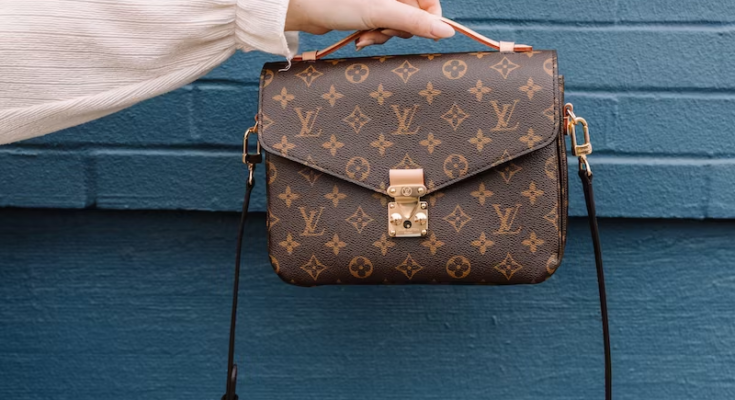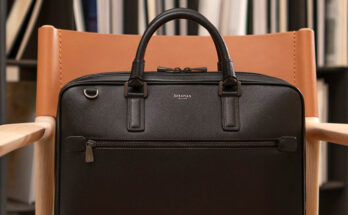Counterfeiting designer clothes, handbags, and other items is a massive global industry. And some of the fakes you see are quite good. But there are always “tells,” so this post is about how to spot authentic designer items in a world of imposters.
If you’re a retailer, your brand can be damaged by fakes that elude detection. So, knowing the finishes, materials, and distinguishing features that characterize high-end designer pieces protects you. And if you’re a collector, knowing what to look for gets you what you paid for! The fashion industry stands on the verge of creating a rock-solid system of authentication, using NFTs (non-fungible tokens) to establish provenance. But they’re doing a lot more to combat fakes.
Luxury Goods Market Explodes
A 24/7 online marketplace has created an explosion in demand for luxury goods. Since 1985, this market has inflated from $20 billion to a tremendous $260 billion. But in the USA alone, losses of $12 billion each year are provoked by counterfeit goods.
Luxury brands have always been subject to counterfeiting but with the internet, these goods are now in the consumer’s face every time they turn on the computer. And counterfeiters know that. They know that the cost of luxury goods exceeds the greater market’s ability to pay for them and so, they fake it.
The Hermes bag must certainly be one of the most counterfeited fashion purses in the world. But a luxury item is difficult to counterfeit if you know what you’re looking for. Fans of luxury design houses like Hermes create guides that reveal counterfeit “tells” to educate consumers and retailers. Similarly, Dior devotees have made it their business to inform collectors, resellers, and retailers of surefire ways to authenticate their purchases, like date codes and other one-of-a-kind authenticating hallmarks.
Authenticity: It’s In the Details
Artisan craftspeople work to a time-honored playbook offered by the design house they create fashion items for. That kind of practiced skill and the time spent practicing it costs money and counterfeiters have no interest in that. They’re interested in making money by selling products that are of inferior quality, construction, and materials to the original. So, let’s review some key details that tell on fakes.
Construction
Chief among construction details is stitching. The way an item is sewn together is one of the best ways to detect a counterfeit item. Stitching on an authentic designer fashion item will be straight and clean, with more stitches per inch. On a counterfeit item, stitching will be more sparse and less neat, with longer stitches.
Fasteners are another aspect of construction that will quickly tell you if your fashion item is real or fake. Zippers are especially glaring tells on counterfeit fashion items, revealing their discount quality in flimsiness you won’t find on designer pieces. Zippers on counterfeits also tend to be sticky. On designer items, zippers are heavy and always made of matte-finish metals. The zipper is your first counterfeit “tell” on a pair of women’s jeans, for example.
Materials/Fabrics
Fake leather is reasonably easy to spot, usually with your sense of smell alone. But leather usually has a distinct grain, among other hallmarks. Fabrics may be a bit more of a challenge.
High-end designers use luxury fabric. The touch of the fabric and its weight can usually tell you whether your piece of clothing is authentic. Your senses are your guide but if you can tell the difference between silk and polyester, you can discern a luxury fabric from one less luxuriously loomed.
Logo
A common error among high fashion counterfeiters is their reproduction of the logo. Check labels on your item for consistent spelling and logo reproduction that doesn’t deviate from the original. Pull up the logo on your phone to double-check your item’s representation of it against the original.
Education is the Key to Detection
You may be a reseller of Birkins, an online retailer, or just a collector of designer items, ever building a timeless wardrobe. But no matter who you are, you don’t deserve to be sold a bill of goods, masquerading as something it’s not. Be cautious of who you buy from too.
Only go to the designer directly or a designer clothing outlet that conducts frequent, meticulous, and in-person quality checks on each item, as well as one that gets their products straight from the designer brands.
With a few simple tricks for spotting fake designer pieces, you’ll soon be a savvy shopper who’s counterfeit-proof!




